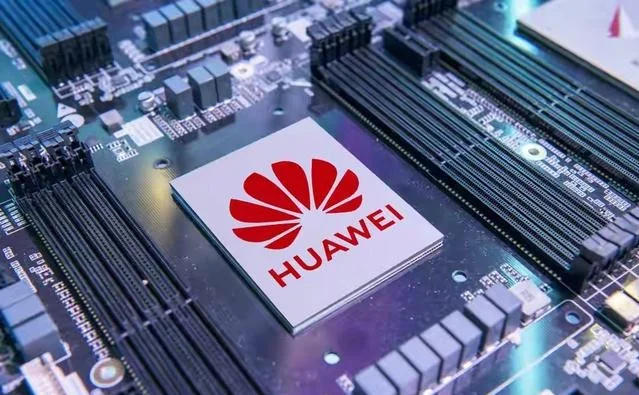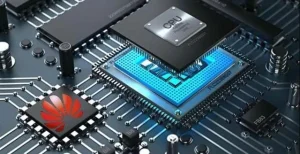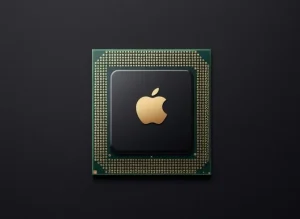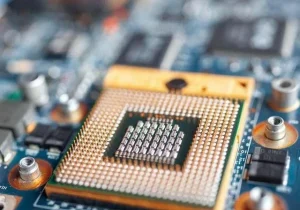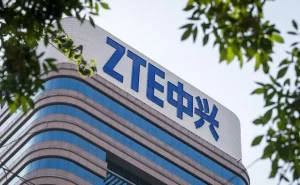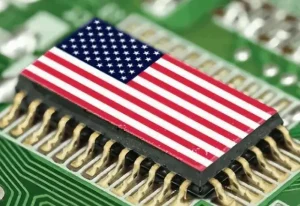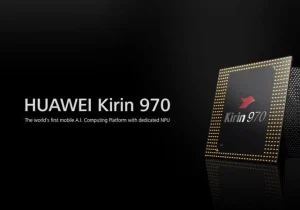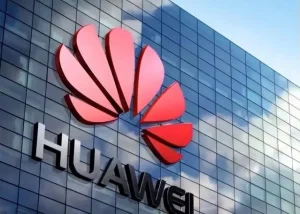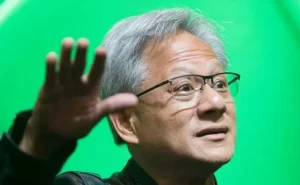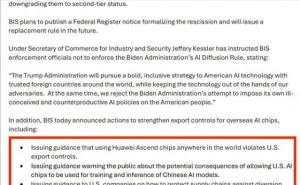China Issues Global Warning: Don’t Cooperate with U.S. Ban on Huawei Chips — Jensen Huang: “America Has Already Failed”
By Liu Liu | Edited by Liu Liu | Source: DailyNewspapers.in
The U.S. has long been known for taking unilateral actions that contradict global calls for peace and cooperation. From slapping tariffs on countries to enforcing technological sanctions, Washington often acts alone, leaving many nations in a tough spot.
But China isn’t one to back down easily. After intense trade tensions, including a mutual agreement on tariffs reached in Geneva, the U.S. appeared to ease up. Yet soon after, it reignited tensions — this time by pressuring the world to ban Chinese chips, including Huawei’s Ascend series.
This isn’t the first time the U.S. has attempted to suppress Huawei and China’s chip industry. But is China backing down? Not this time.
The U.S.’s Chip Bullying
In the global tech arena, the U.S. has long held a dominant position in semiconductors. This dominance stems from early investment in semiconductor research as far back as WWII. Major companies like Intel carved out unique roles in the industry, giving America a head start.
But what truly cemented the U.S.’s chip hegemony was not just technology, but its control over the global supply chain and brand influence. Corporations like Intel and Qualcomm helped create an ecosystem that made the U.S. nearly irreplaceable in high-end chip manufacturing.
When China’s tech sector began catching up, the U.S. weaponized this dominance. In 2019, Washington began restricting the export of advanced photolithography machines — essential for making high-end chips — to China. However, they failed to block mid-to-low-end equipment, which allowed China to pivot and focus on breakthroughs in those segments.
ZTE, Huawei, and the U.S. Clampdown
The crackdown actually started earlier, in 2016, when the U.S. targeted telecom firm ZTE for selling equipment to Iran, including components made by Intel and Qualcomm. By 2018, ZTE was banned from receiving American chips, nearly crippling the company until the ban was lifted in March 2023.
Huawei, another tech giant, also suffered. Despite years of setbacks in chip development, Huawei persevered. Its 2017 Kirin 970 chip brought it into the global spotlight. In 2018, the Kirin 980 powered the Huawei Mate 20 — pushing Huawei’s sales past Apple to become the world’s second-largest smartphone brand.
The U.S. retaliated swiftly: arresting CFO Meng Wanzhou, placing Huawei on an export blacklist, and pressuring firms like TSMC, Qualcomm, and Samsung to cut ties. Huawei, seemingly cornered, announced it might not be able to produce high-end Kirin chips anymore.
But in 2023, Huawei made a stunning comeback with the Kirin 9000S, signaling a breakthrough in domestic 5G chip production. Then in March 2025, Huawei and Chinese cybersecurity firm TopSec released the Ascend-powered AI server, marking another leap forward.
America Tries Again — and China Pushes Back
On May 13, 2025, just days after a trade détente, the U.S. Department of Commerce threatened global sanctions on any country using Huawei’s Ascend AI chips — a move eerily similar to past U.S. efforts to isolate Russia.
But this time, China was ready. On May 21, the Chinese Ministry of Commerce issued a direct warning to 197 countries: those complying with U.S. sanctions would be violating Chinese law.
China’s Foreign Minister Wang Yi also condemned America’s “long-arm jurisdiction” as unacceptable. Following China’s strong pushback, the U.S. Department of Commerce softened its stance — downgrading its threat from “prohibition” to a mere “risk warning.”
U.S. Tactics Backfiring
The sudden shift in language reveals that even Washington understands it miscalculated. Once again, America’s attempt to kneecap Huawei and suppress Chinese innovation seems to be backfiring.
While chips may have been America’s trump card, China has its own advantages — including control over rare earth elements. Around 90% of the world’s rare earth supply comes from China, and these materials are crucial for semiconductors.
Without access to these resources, the U.S. tech industry also faces severe constraints. In response to U.S. hostility, China has even restricted rare earth exports to the U.S. and warned countries that re-export them to America could face consequences.
Conclusion: Cooperation, Not Conflict
In today’s interconnected world, no nation can dominate forever. Only cooperation and mutual respect can ensure progress. Unilateralism and bullying are not only unjust — they are unsustainable.
The Chinese people have never been — and will never be — intimidated. America’s chip war may have started with confidence, but it’s ending with reality checks and policy reversals.
Sources: Southern Metropolis Daily, CCTV News, Jiemian News, People’s Daily
For global readers, including those in the U.S. and India, this saga highlights a broader question: Will the future be built on coercion or collaboration?
Keep following DailyNewspapers.in for ongoing coverage on global tech, geopolitics, and economic strategy.





